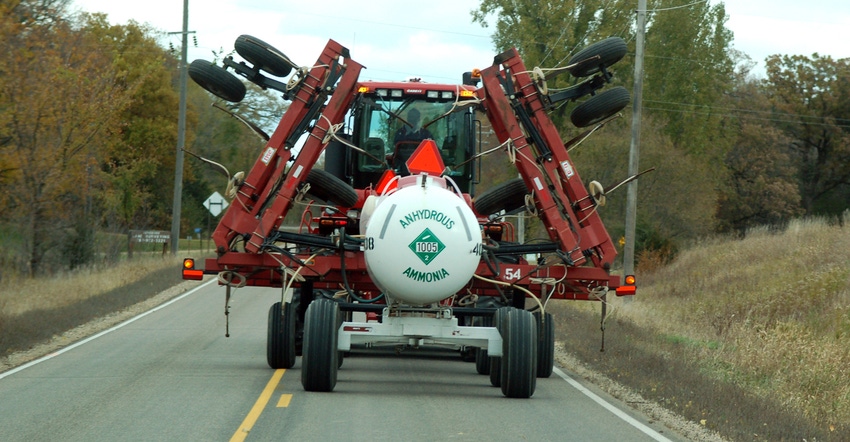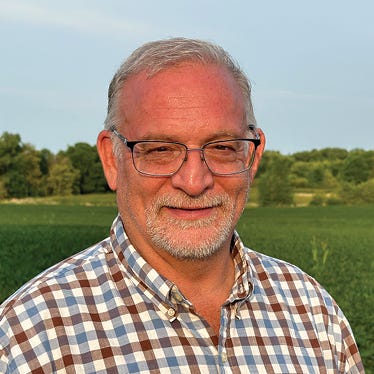September 27, 2021

We are now into the second fall fertilizer season under the Groundwater Protection Rule, more often referred to as the nitrogen fertilizer rule.
To refresh your memory, the NFR was developed by the Minnesota Department of Agriculture and became effective Jan. 1, 2020. Since the primary restriction is the prohibition of fall applications of commercial fertilizer on vulnerable soils, it had the potential to begin influencing nitrogen applications on Sept. 1, 2020.
This basic fall restriction is Part 1 of the rule, and according to MDA, it applies to roughly 12% of Minnesota cropland. Last winter, the MDA reported that there were no violations in the rule’s first year.
Part 2 of the rule applies to the recharge areas of public water supply wells, which in the world of acronyms we refer to as drinking water supply management areas (DWSMAs). The MDA, working with the Minnesota Department of Health, has identified about 25 DWSMAs with elevated nitrate levels. To see if you operate land in an affected DWSMA, go to Fall Nitrogen Fertilizer Application Restrictions (2021) to view a map of these areas.
An MDA fact sheet, at Groundwater Protection Rule Part 2n fact sheet, also provides general information and a simpler map.
While Part 2 of the rule affects a much smaller area of farmland, it has the potential to change the way that land is farmed more dramatically, so it is very important to know if you are in these targeted areas. Ideally, all farmers operating land in an affected DWSMA would be contacted by the MDA and invited to be part of the local advisory team. The LAT is a team of individuals approved by the MDA commissioner to advise the MDA commissioner regarding appropriate response activities for the area.
Part 2 of the rule allows for regulation of farming practices. The LAT will play a key role in the outcome, including identifying what those regulations might involve. Two key factors include the level of best management practice adoption and trends in groundwater nitrate levels. Regulatory steps cannot be initiated for at least three years — hence this reminder to stay involved.
I strongly encourage farmers to participate in the process to learn more about groundwater nitrate issues in their area, and to engage others who can help, such as your agronomist or other water resource persons.
You can find more information about the rule at MDA groundwater protection rule .
Formo is executive director of the Minnesota Agricultural Water Resource Center.
About the Author(s)
You May Also Like






